What Was The First Car Company? Discover the pioneering automakers and explore the rich history of the automotive industry with CARS.EDU.VN. We will explore the origins and evolution of these iconic brands.
1. Unveiling The Genesis: What Was The First Car Company?
The automotive industry’s history is as captivating as the machines it produces. To answer the question, “what was the first car company?”, we need to journey back to the early 19th century. While numerous inventors and engineers contributed to the development of the automobile, a few companies stand out as true pioneers. Delve into the legacy of early automotive manufacturers and learn about the automotive industry.
1.1. Peugeot: A Legacy Forged in Steel
Peugeot, founded in 1810 by Armand Peugeot in France, stands as the oldest car company in the world. Initially a family-run coffee mill company, Peugeot ventured into bicycle manufacturing in 1830, followed by salt, pepper, and coffee grinders in 1842.
Image: Peugeot was initially a coffee mill company before venturing into bicycle manufacturing, then eventually produced cars
Armand Peugeot’s passion for automobiles led him to begin car production in 1882, marking Peugeot’s official entry into the automotive industry. The collaboration with Leon Serpollet in 1889 resulted in Peugeot’s first car, a steam tricycle deemed too unreliable for mass production. However, in 1890, Peugeot introduced a more refined internal combustion car with the aid of a Panhard-Daimler engine.
1.1.1. Overcoming Challenges and Solidifying Independence
Family differences prompted Peugeot to establish Société des Automobiles Peugeot in 1896. In 1898, the company expanded its portfolio to include motorcycle manufacturing. By 1926, the motorcycle and car divisions officially separated into distinct entities.
Today, Peugeot stands as a subsidiary of Group PSA, with a rich heritage of accolades, including five European Car of the Year awards, two Semperit Irish Car of the Year awards, four Car of the Year Auto Europa awards, and nine Car of the Year awards in Spain. Peugeot Sport has also achieved remarkable success, securing five World Rally Championships, two Intercontinental Le Mans Cups, two World Endurance Championships, and three Intercontinental Rally Challenge Championships.
1.1.2. CARS.EDU.VN Insight
Learn more about Peugeot’s models and other car brands by reading other articles at CARS.EDU.VN. Also, learn more about the history of other automotive companies.
1.2. Tatra: From Horse-Drawn Carriages to Automotive Innovation
Tatra, formerly known as Ignatz Schustala & Comp., was founded in 1850 by Ignác Šustala. Initially focused on manufacturing horse-drawn carriages, Tatra transitioned to producing railroad cars in 1891, renaming itself Nesselsdorfer Wagenbau Fabriksgesellschaft.
In 1897, Tatra’s technical director, Hugo Fischer von Roeslerstamm, acquired a Benz automobile, inspiring the creation of the company’s first car, named the Präsident, later that year. The following year marked the production of Tatra’s first truck.
1.2.1. Navigating Challenges and Focusing on Truck Production
During World War II, Tatra produced tank engines and trucks for the German military. However, the trucks’ propensity to overturn on corners led to numerous casualties among German soldiers, resulting in orders prohibiting their use.
Tatra officially ceased passenger car production in 1999, shifting its focus to manufacturing trucks, particularly all-wheel-drive models. Despite this transition, Tatra’s legacy endures through its contributions to the automotive industry.
1.2.2. Did you know?
Karel Loprais, a distinguished truck racer from the Czech Republic, has triumphed in the Dakar Rally six times while driving a Tatra vehicle.
1.2.3. CARS.EDU.VN Insight
To gain a deeper understanding of Tatra’s history and impact on the automotive world, visit CARS.EDU.VN. Explore related articles and delve into the evolution of automotive technology.
1.3. Opel Automobile GmbH: From Sewing Machines to Automotive Excellence
Opel Automobile GmbH, commonly known as Opel, was founded on January 21, 1862, by Adam Opel. Initially a sewing machine manufacturer, the company expanded into bicycle production in 1886 and manufactured its first car in 1899.
Opel officially debuted an automobile at the 1902 Hamburg Motor Show but did not fully commit to automobile production until a factory fire prompted a strategic shift. Following the fire, the company rebuilt its facilities and focused exclusively on manufacturing cars.
1.3.1. Ascending to Prominence and Diversifying Brands
By 1913, Opel had risen to become the largest car company in Germany and, by 1930, the largest in Europe. In addition to manufacturing cars under its own brand, Opel also sells vehicles under the Vauxhall, Buick, and Holden brands.
Today, Opel operates as a subsidiary of Stellantis, having previously been under the ownership of PSA Group and General Motors.
1.3.2. CARS.EDU.VN Insight
To delve deeper into Opel’s journey and its significance in the automotive industry, visit CARS.EDU.VN. Explore related articles and discover insights into automotive manufacturing and brand diversification.
1.4. Mercedes-Benz: The Fusion of Innovation and Legacy
Mercedes-Benz, officially founded in 1926, represents the culmination of two long-standing automobile manufacturers. Daimler-Motoren-Gesellschaft (DMG), founded by Gottlieb Daimler and Wilhelm Maybach in 1890, initially produced petrol engines. DMG’s success in small race cars led to a strategic shift toward producing Mercedes models.
Meanwhile, Karl Benz, Max Rose, and Friedrich Wilhelm Eßlinger established Benz & Companie Rheinische Gasmotoren-Fabrik in 1883. Originally focused on manufacturing industrial machines and gas engines, Benz later pursued his passion for automobiles, resulting in the creation of the Benz Patent-Motorwagen, the world’s first gasoline-powered automobile, in 1886.
1.4.1. The Genesis of a Global Automotive Icon
The merger of DMG and Benz & Companie in 1926 marked the birth of Mercedes-Benz, an automotive icon renowned for its innovation, luxury, and performance.
1.4.2. Did You Know?
In 1901, a French auto club declared, “We have entered the Mercedes era,” in recognition of the brand’s dominance in the automotive landscape.
1.4.3. CARS.EDU.VN Insight
To explore the rich history and technological advancements of Mercedes-Benz, visit CARS.EDU.VN. Discover related articles and immerse yourself in the legacy of one of the world’s most prestigious automotive brands.
1.5. Škoda Auto: From Bicycles to Automotive Excellence
Škoda Auto, originally known as Laurin & Klement, was founded in 1895 by Václav Laurin and Václav Klement. Initially focused on manufacturing bicycles, motorcycles, and cars in Mladá Boleslav, Kingdom of Bohemia, the company quickly emerged as the largest automobile manufacturer in Austria-Hungary after commencing car production in 1905.
In 1925, Škoda Auto was acquired by Škoda Works, an industrial conglomerate, leading to its renaming and rebranding. Subsequently, in 2000, it became a subsidiary of the Volkswagen Group.
1.5.1. A Legacy of Innovation and Motorsport Success
Today, Škoda Auto stands as the largest and most popular car brand in the Czech Republic, with a legacy of innovation and motorsport achievements.
1.5.2. Did You Know?
Škoda Auto has also made its mark in motorsports. A specially modified Škoda car broke the Bonneville Speedway world record for the fastest car with an engine up to two liters in August 2011, achieving speeds of 227 mph.
1.5.3. CARS.EDU.VN Insight
For a comprehensive exploration of Škoda Auto’s history, innovations, and motorsport achievements, visit CARS.EDU.VN. Delve into related articles and enrich your understanding of this iconic automotive brand.
1.6. Land Rover: From Steam Lawn Mowers to Off-Road Excellence
Land Rover’s origins trace back to the Lancashire Steam Motor Company, founded in 1896 in England. Initially focused on producing steam lawn mowers, the company soon expanded into manufacturing steam-powered vans. In 1907, the company was renamed Leyland Motors.
In 1968, Leyland Motors merged with British Motor Holdings, becoming British Leyland Motor Corporation Ltd (BLMC). After becoming a state-owned company in 1975, it was renamed The Rover Group in 1986. The Land Rover brand was established in 1978.
1.6.1. Surviving Challenges and Thriving Under New Ownership
Following the Rover Group’s dissolution in 2000, only a few of its marquee brands survived, including Land Rover and Jaguar. Currently, both brands are produced under Jaguar Land Rover.
1.6.2. Did You Know?
The Land Rover 110 Defender from the 1990s cleverly accommodated seats for 12 people, qualifying it as a “bus” for tax benefits.
1.6.3. CARS.EDU.VN Insight
To explore the legacy and off-road capabilities of Land Rover, visit CARS.EDU.VN. Discover related articles and delve into the evolution of this iconic British automotive brand.
1.7. Renault: From Brothers’ Ambition to Automotive Innovation
Renault was founded as Société Renault Frères in 1898 by brothers Louis, Marcel, and Fernand Renault. Louis, an engineer, had designed prototypes before the company’s inception. While Louis focused on design, Marcel and Fernand managed the business aspects of the company.
Image: Renault was founded as Société Renault Frères in 1898 by brothers Louis, Marcel, and Fernand Renault
Renault began producing its own engines independently in 1903. Before World War I, the company shifted its focus to building trucks, buses, and commercial cargo vehicles.
1.7.1. Contributions to Wartime Efforts and Continued Automotive Production
During World War I, Renault manufactured military aircraft engines and ammunition. Afterward, the company produced agricultural and industrial machinery while continuing to manufacture cars.
1.7.2. Did You Know?
Renault has received numerous accolades, including six European Car of the Year awards, three Autobest Car of the Year awards, and several other national-level awards. The company also actively participates in motorsports, backing and supporting numerous winning teams.
1.7.3. CARS.EDU.VN Insight
To explore the history and achievements of Renault, visit CARS.EDU.VN. Discover related articles and enrich your understanding of this innovative French automotive brand.
1.8. Fiat: From Italian Roots to Global Automotive Presence
Fiat, short for Fabbrica Italiana Automobili Torino, which translates to Italian Automobiles Factory, Turin, was established with privileged beginnings under the guidance of a board of directors. The first Fiat car was produced in 1899, the same year the company was founded.
Fiat’s most popular cars often fall into the city car and supermini categories. The company began exploring electric vehicles in 1970. In addition to automobiles, Fiat has also been involved in weapon manufacture.
1.8.1. Mergers and Global Expansion
Fiat now owns Chrysler Automobiles, and the two merged to form Fiat Chrysler Automobiles in 2014. Fiat has won 12 European Car of the Year awards, more than any other car or vehicle production company.
1.8.2. Did You Know?
The iconic Fiat 500 is affectionately known as “Cinquecento” by Italians, meaning “five hundred” in Italian, derived from its model name.
1.8.3. CARS.EDU.VN Insight
To explore the history and global presence of Fiat, visit CARS.EDU.VN. Discover related articles and enrich your understanding of this iconic Italian automotive brand.
1.9. Cadillac: From Humble Beginnings to Luxury Automotive Icon
Cadillac’s emergence can be attributed to Henry Ford. In 1901, Ford founded the Henry Ford Company, his second attempt at establishing an automobile manufacturer. However, disagreements with financial backers Lemuel Bowen and William Murphy led to Ford’s departure, taking his name with him.
Murphy and Bowen enlisted Henry Leland to appraise the abandoned factory. Initially intending to sell the factory and its equipment, Leland convinced them to continue the manufacturing business. The group renamed the company Cadillac in 1902.
1.9.1. Acquisition by General Motors and Renown for Luxury Vehicles
General Motors acquired Cadillac in 1909. By this time, Cadillac had gained recognition for its luxury vehicles.
1.9.2. Did You Know?
Cadillac was the first American car company to win the Royal Automobile Club of the United Kingdom’s Dewar Trophy in 1908 and again in 1912. Today, Cadillac has won five Motor Trend Car of the Year awards.
1.9.3. CARS.EDU.VN Insight
To explore the legacy and luxury of Cadillac, visit CARS.EDU.VN. Discover related articles and enrich your understanding of this iconic American automotive brand.
2. Why Is It Important To Know About The First Car Company?
Understanding the origins of the first car company is essential for several reasons:
- Historical Perspective: It provides a glimpse into the early days of automotive innovation and the challenges faced by pioneers.
- Technological Evolution: It highlights the advancements in automotive technology over the decades, from steam-powered vehicles to modern electric cars.
- Brand Legacy: It showcases the enduring legacy of companies like Peugeot, which have adapted and thrived for over two centuries.
- Economic Impact: The automotive industry has had a significant impact on global economies, and knowing its origins helps understand its current importance.
| Reason | Description |
|---|---|
| Historical Perspective | Provides insight into early automotive innovation and challenges faced by pioneers. |
| Technological Evolution | Highlights advancements in automotive technology over the decades. |
| Brand Legacy | Showcases the enduring legacy of companies like Peugeot. |
| Economic Impact | Helps understand the automotive industry’s significant impact on global economies. |
| Inspiration for Innovation | Learning about early automotive pioneers can inspire future innovations in the automotive industry. |
| Appreciation of Craftsmanship | Understanding the origins of car manufacturing enhances appreciation for the craftsmanship involved in car production. |
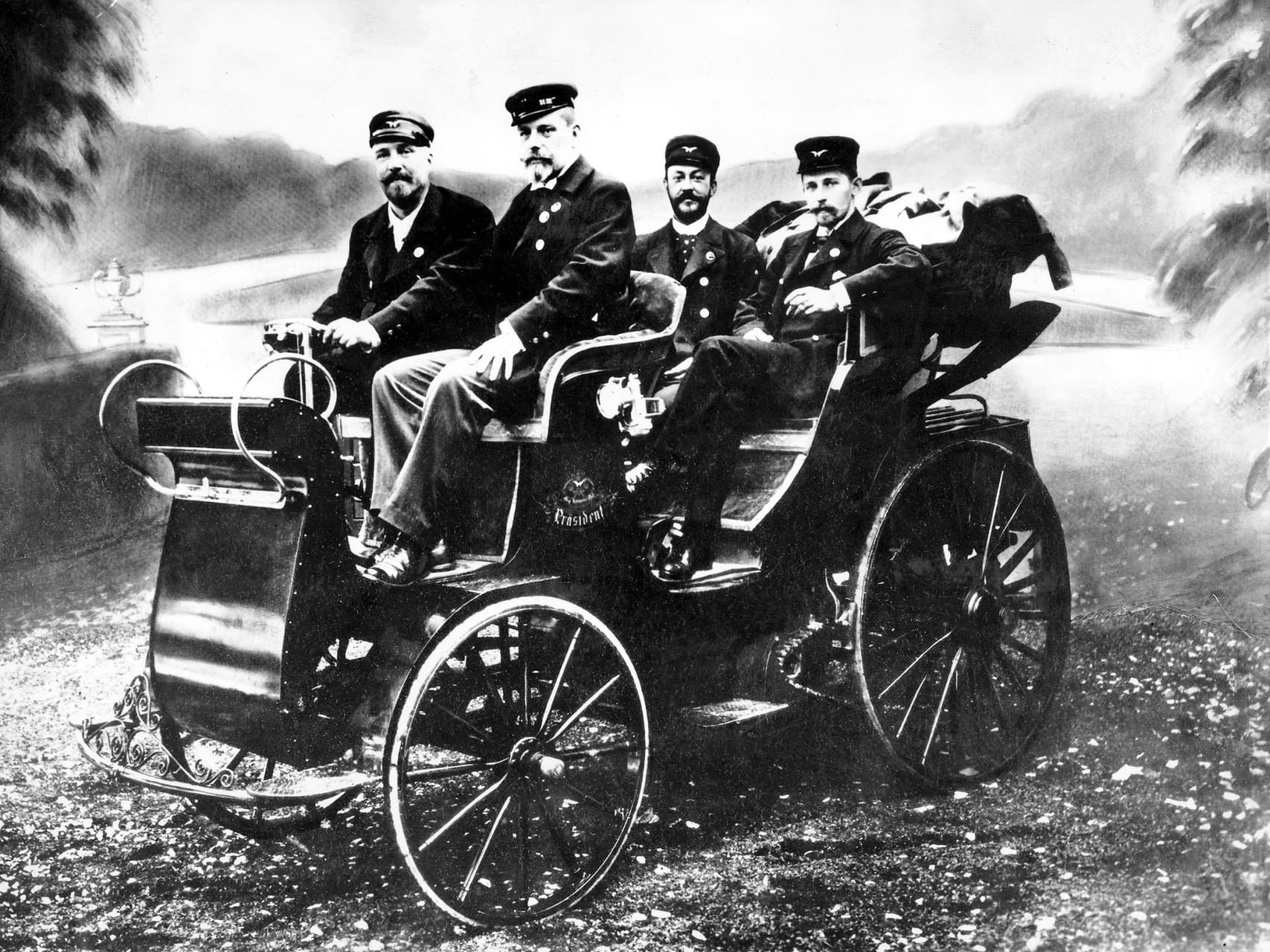
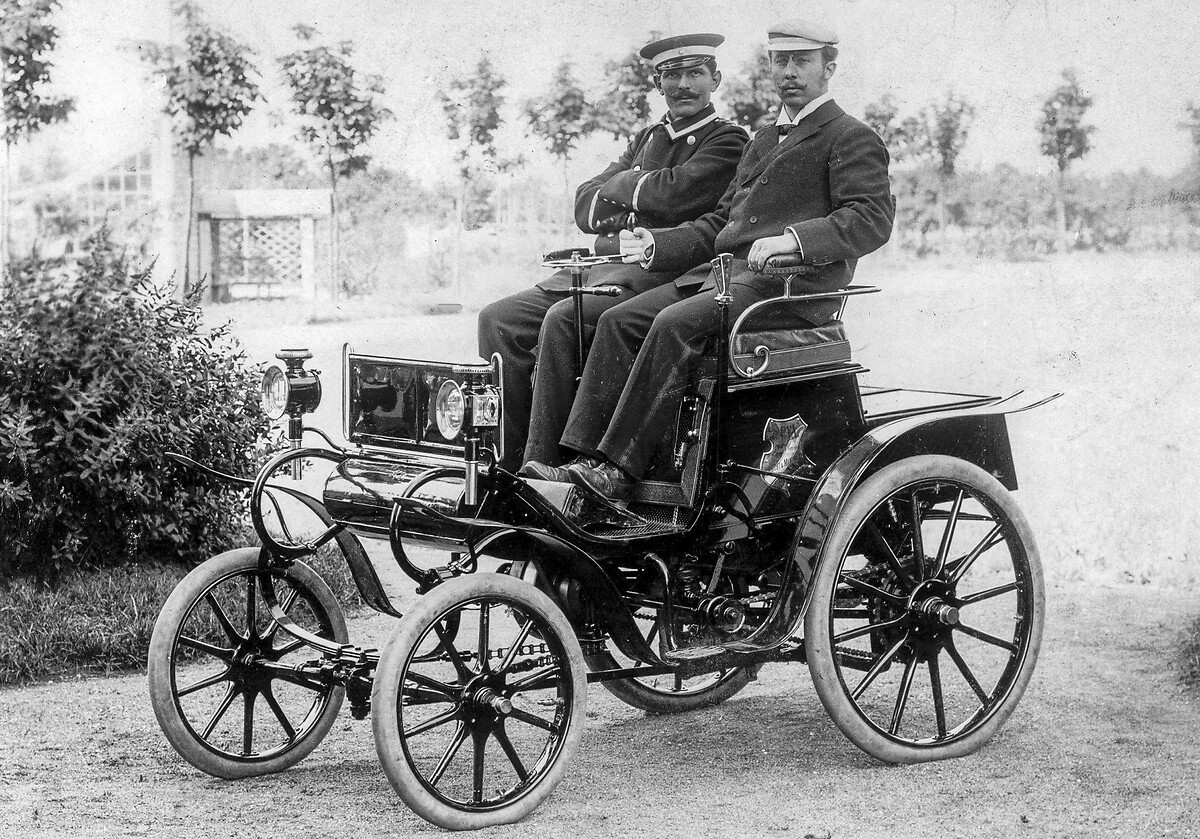
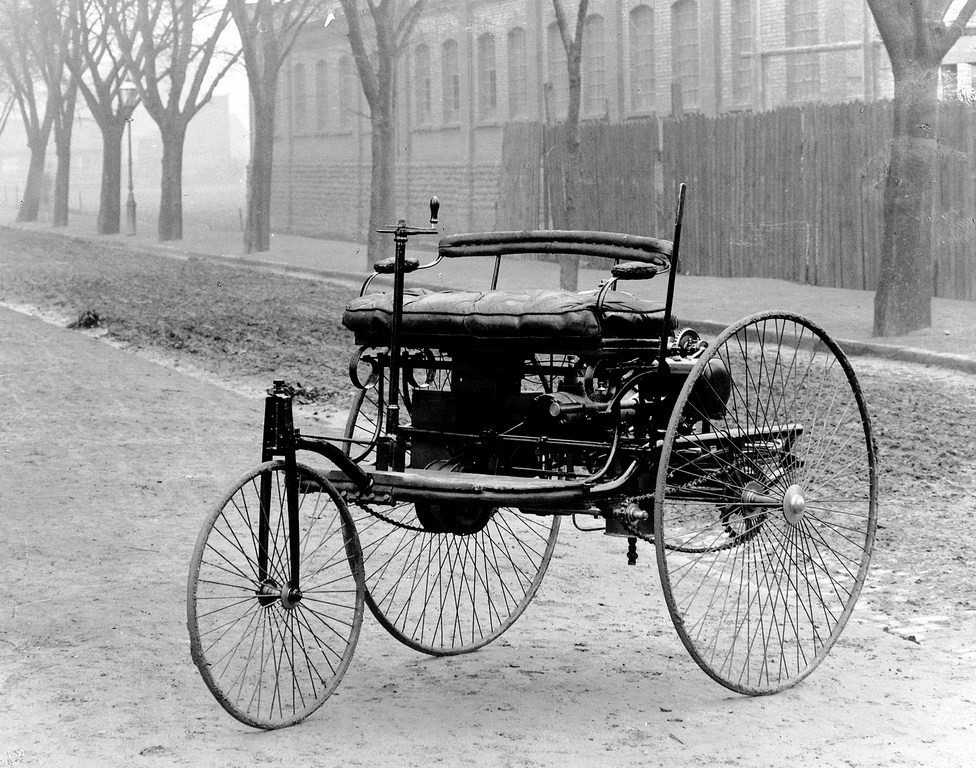
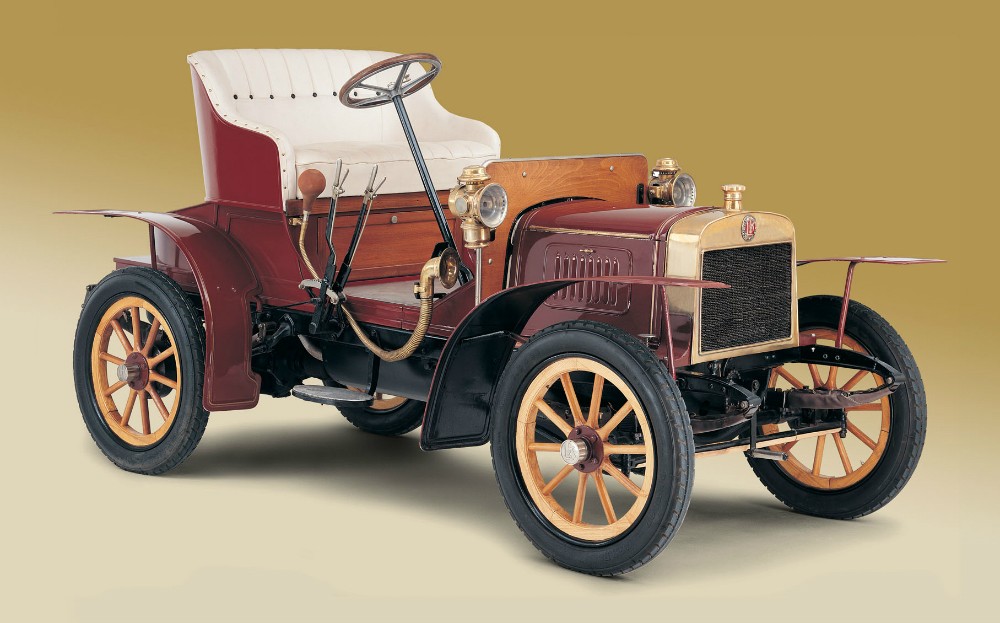

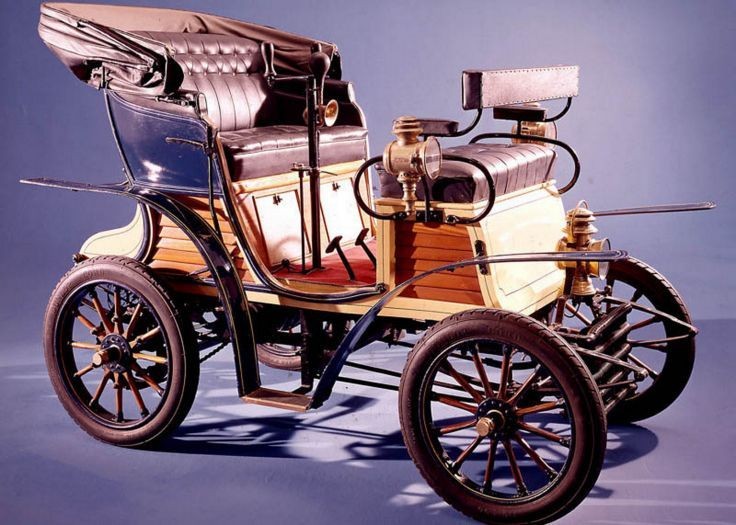
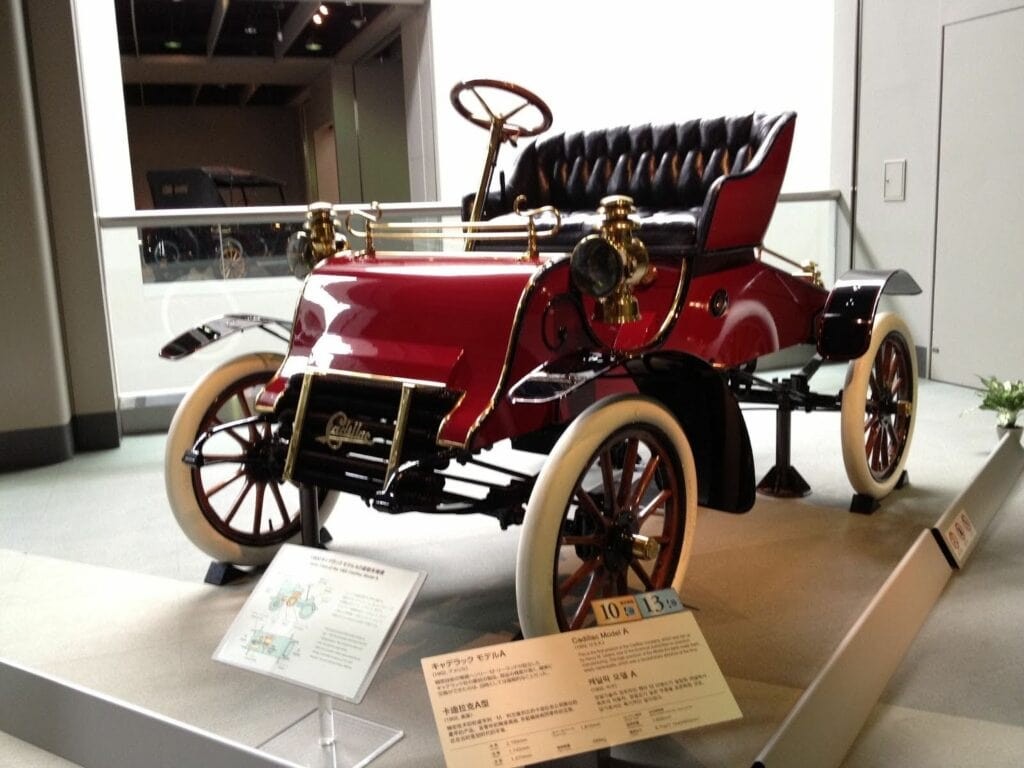
3. What Differentiates These Oldest Car Companies?
Several factors set these oldest car companies apart:
- Longevity: Their ability to survive and adapt to changing market conditions for over a century.
- Innovation: Their contributions to automotive technology, from early steam engines to modern electric vehicles.
- Brand Recognition: Their strong brand recognition and reputation for quality and reliability.
- Global Presence: Their global presence and ability to cater to diverse markets and consumer preferences.
| Factor | Description |
|---|---|
| Longevity | Ability to survive and adapt to changing market conditions for over a century. |
| Innovation | Contributions to automotive technology, from early steam engines to modern electric vehicles. |
| Brand Recognition | Strong brand recognition and reputation for quality and reliability. |
| Global Presence | Global presence and ability to cater to diverse markets and consumer preferences. |
| Adaptability | Successfully navigating economic downturns, technological shifts, and evolving consumer tastes over time. |
| Commitment to Quality | Maintaining high standards of craftsmanship and engineering throughout their long histories. |
4. How Have The First Car Companies Evolved With Time?
The oldest car companies have evolved significantly over time:
- Technological Advancements: From steam engines to internal combustion engines to electric and hybrid powertrains.
- Manufacturing Processes: From manual assembly to automated production lines and advanced manufacturing techniques.
- Design and Styling: From basic, functional designs to sleek, aerodynamic, and aesthetically pleasing vehicles.
- Market Expansion: From local markets to global markets, catering to diverse consumer needs and preferences.
- Sustainability: Increased focus on sustainability, with the development of eco-friendly vehicles and environmentally responsible manufacturing practices.
| Aspect | Evolution |
|---|---|
| Technology | Steam engines → Internal combustion engines → Electric and hybrid powertrains. |
| Manufacturing | Manual assembly → Automated production lines → Advanced manufacturing techniques. |
| Design | Basic, functional designs → Sleek, aerodynamic, aesthetically pleasing vehicles. |
| Market Expansion | Local markets → Global markets, catering to diverse consumer needs and preferences. |
| Sustainability | Increased focus on eco-friendly vehicles and responsible manufacturing. |
| Safety Features | Introduction of advanced safety technologies like ABS, airbags, and autonomous driving systems. |
| Connectivity | Integration of smart technologies and connectivity features for enhanced driver experience. |
| Diversification | Expansion into related industries such as automotive finance, insurance, and mobility services. |
| Customer Experience | Focus on personalized customer service, online sales platforms, and loyalty programs. |
5. What Are The Future Trends For The Oldest Car Companies?
The future trends for the oldest car companies include:
- Electrification: Transitioning to electric vehicles to reduce emissions and meet environmental regulations.
- Autonomous Driving: Developing self-driving technologies to enhance safety and convenience.
- Connectivity: Integrating advanced connectivity features for seamless integration with smart devices and services.
- Shared Mobility: Exploring shared mobility solutions, such as car-sharing and ride-hailing services.
- Sustainability: Embracing sustainable manufacturing practices and using eco-friendly materials.
| Trend | Description |
|---|---|
| Electrification | Transition to electric vehicles to reduce emissions and meet environmental regulations. |
| Autonomous Driving | Developing self-driving technologies to enhance safety and convenience. |
| Connectivity | Integrating advanced connectivity features for seamless integration with smart devices and services. |
| Shared Mobility | Exploring shared mobility solutions, such as car-sharing and ride-hailing services. |
| Sustainability | Embracing sustainable manufacturing practices and using eco-friendly materials. |
| Digitalization | Enhancing customer experience through digital platforms for sales, service, and vehicle management. |
| Data Analytics | Utilizing data analytics to improve vehicle performance, personalize services, and optimize business operations. |
| AI Integration | Implementing artificial intelligence for driver assistance, predictive maintenance, and enhanced customer interaction. |
| Supply Chain Resilience | Strengthening supply chains to mitigate disruptions from global events and ensure reliable production. |
6. How To Maintain Your Car Like A Pro?
Maintaining your car properly can extend its life and ensure safety. Here are some essential tips:
- Regular Oil Changes: Follow the manufacturer’s recommended intervals.
- Check Tire Pressure: Maintain proper tire pressure for optimal performance.
- Inspect Fluid Levels: Check and top off coolant, brake fluid, and windshield washer fluid.
- Test Battery Health: Ensure the battery is in good condition, especially before winter.
- Brake Inspection: Regularly inspect brake pads and rotors for wear.
- Scheduled Maintenance: Adhere to the maintenance schedule in your owner’s manual.
| Maintenance Task | Frequency | Benefit |
|---|---|---|
| Oil Change | Every 5,000-7,500 miles | Extends engine life |
| Tire Pressure Check | Monthly | Optimizes performance and safety |
| Fluid Level Inspection | Monthly | Prevents component damage |
| Battery Test | Twice a year (spring and fall) | Ensures reliable starting |
| Brake Inspection | Every 12 months | Maintains braking efficiency |
| Scheduled Maintenance | As per owner’s manual | Prevents major issues and maintains warranty |
| Alignment | Every 2-3 years or after hitting potholes | Ensures even tire wear |
| Filter Replacements | Air and cabin filters every 12-15k miles | Improves air quality inside the vehicle |
7. How To Choose The Right Car For Your Needs?
Choosing the right car involves careful consideration of your needs and preferences:
- Assess Your Needs: Determine your primary use for the car (commuting, family, adventure).
- Set a Budget: Determine how much you can afford, including insurance and maintenance.
- Research Car Types: Explore different types of cars (sedan, SUV, truck) to find the best fit.
- Read Reviews: Check reviews and ratings for reliability and performance.
- Test Drive: Test drive several models to assess comfort and handling.
- Consider Fuel Efficiency: Look at fuel economy to save on gas costs.
- Safety Features: Prioritize safety features such as airbags, ABS, and stability control.
| Factor | Considerations |
|---|---|
| Needs | Commuting, family, adventure, etc. |
| Budget | Purchase price, insurance, maintenance. |
| Car Type | Sedan, SUV, truck, etc. |
| Reviews | Reliability, performance, safety ratings. |
| Test Drive | Comfort, handling, responsiveness. |
| Fuel Efficiency | Miles per gallon (MPG), fuel costs. |
| Safety Features | Airbags, ABS, stability control, advanced driver-assistance systems (ADAS). |
8. What Are The Common Car Problems And Solutions?
Knowing common car problems and their solutions can save you time and money:
- Dead Battery: Jump-start the car or replace the battery.
- Flat Tire: Change the tire or use a tire repair kit.
- Overheating: Check coolant levels and look for leaks.
- Brake Problems: Inspect brake pads, rotors, and brake lines.
- Engine Misfires: Check spark plugs, ignition coils, and fuel injectors.
- Check Engine Light: Use an OBD-II scanner to diagnose the issue.
| Problem | Solution |
|---|---|
| Dead Battery | Jump-start or replace battery. |
| Flat Tire | Change tire or use tire repair kit. |
| Overheating | Check coolant levels and for leaks. |
| Brake Problems | Inspect brake pads, rotors, and brake lines. |
| Engine Misfires | Check spark plugs, ignition coils, and fuel injectors. |
| Check Engine Light | Use an OBD-II scanner to diagnose the issue. |
| Stalling | Clean or replace the idle air control valve |
9. Latest Car Technologies
Stay updated with the newest advancements in car technology:
- Electric Vehicles (EVs): High-performance EVs with extended range.
- Advanced Driver-Assistance Systems (ADAS): Lane keep assist, adaptive cruise control, and automatic emergency braking.
- Infotainment Systems: Touchscreen displays with Apple CarPlay and Android Auto integration.
- Over-the-Air (OTA) Updates: Software updates for vehicle systems via wireless connection.
- 5G Connectivity: Faster and more reliable connectivity for enhanced services.
| Technology | Description |
|---|---|
| Electric Vehicles | High-performance, extended range, fast charging. |
| ADAS | Lane keep assist, adaptive cruise control, automatic emergency braking. |
| Infotainment | Touchscreen displays, Apple CarPlay, Android Auto. |
| OTA Updates | Software updates via wireless connection. |
| 5G Connectivity | Faster, more reliable connectivity for enhanced services. |
| Biometric Systems | Facial recognition and fingerprint scanning for vehicle access and personalization. |
10. Car Maintenance Schedule
Follow a regular car maintenance schedule to keep your vehicle in top condition:
| Service | Frequency |
|---|---|
| Oil Change | Every 5,000-7,500 miles |
| Tire Rotation | Every 6,000-8,000 miles |
| Brake Inspection | Every 12 months |
| Battery Test | Twice a year (spring and fall) |
| Fluid Level Check | Monthly |
| Air Filter Replacement | Every 12,000-15,000 miles |
Conclusion
The world of automobiles has undergone a remarkable transformation since the inception of the first car company. From humble beginnings to groundbreaking innovations, the journey has been nothing short of extraordinary. By understanding the history and evolution of these pioneering companies, we gain a deeper appreciation for the ingenuity and perseverance that have shaped the automotive industry.
As you embark on your automotive adventures, remember the legacy of the past and the possibilities of the future. Whether you’re seeking maintenance tips, expert advice, or the latest industry insights, CARS.EDU.VN is your trusted companion on the road ahead.
Do you find it challenging to locate trustworthy and high-quality auto repair services? Are you unsure about how to properly maintain your vehicle to prevent significant malfunctions? Are you having difficulty deciding on the ideal car model and manufacturer for your requirements and financial situation? Are you looking for assistance with troubleshooting minor vehicle issues?
Visit CARS.EDU.VN today to access comprehensive information and services tailored to your needs. Contact us at 456 Auto Drive, Anytown, CA 90210, United States or WhatsApp: +1 555-123-4567. cars.edu.vn – Your one-stop destination for all things automotive.
Frequently Asked Questions (FAQs)
-
What was the first car company in the world?
Peugeot, founded in 1810 in France, is considered the oldest car company in the world.
-
When did Mercedes-Benz officially start?
Mercedes-Benz was officially founded in 1926 when Daimler-Motoren-Gesellschaft (DMG) merged with Benz & Companie.
-
What was Škoda Auto originally known as?
Škoda Auto was originally known as Laurin & Klement, founded in 1895.
-
What is Fiat short for?
Fiat stands for Fabbrica Italiana Automobili Torino, which translates to Italian Automobiles Factory, Turin.
-
What did Opel initially manufacture?
Opel initially manufactured sewing machines starting in 1862.
-
When did Land Rover’s history begin?
Land Rover traces its history to the Lancashire Steam Motor Company, founded in 1896.
-
What is Renault’s official name?
Renault was founded as Société Renault Frères in 1898.
-
Who founded Cadillac?
Cadillac was founded by William Murphy, Lemuel Bowen, and Henry M. Leland in 1902.
-
What kind of vehicles does Tatra manufacture today?
Tatra primarily manufactures trucks, especially all-wheel-drive models.
-
How can I maintain my car like a pro?
Follow a regular maintenance schedule, including oil changes, tire rotations, brake inspections, and fluid level checks.
